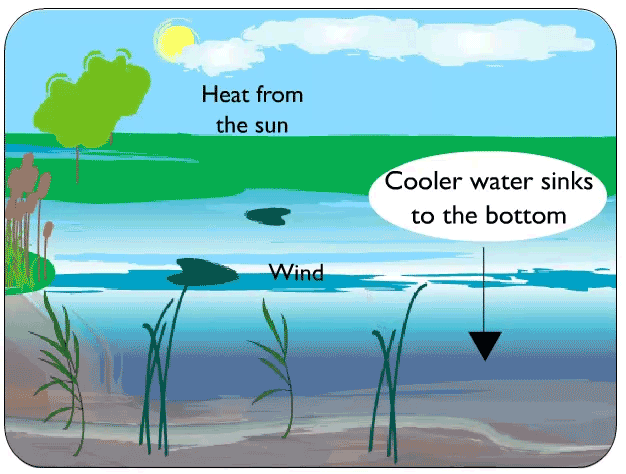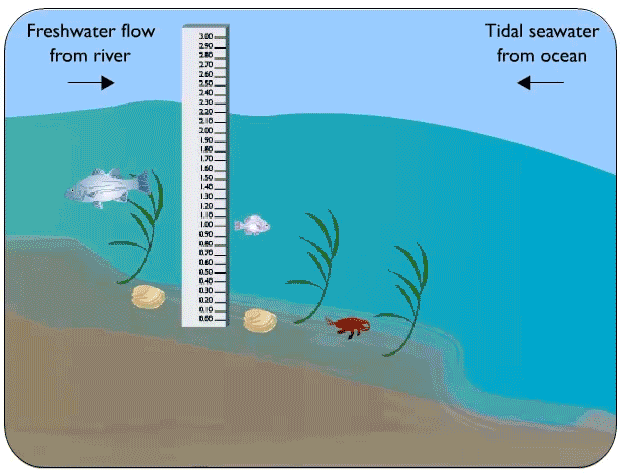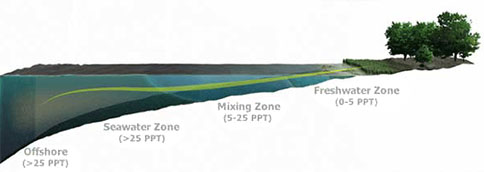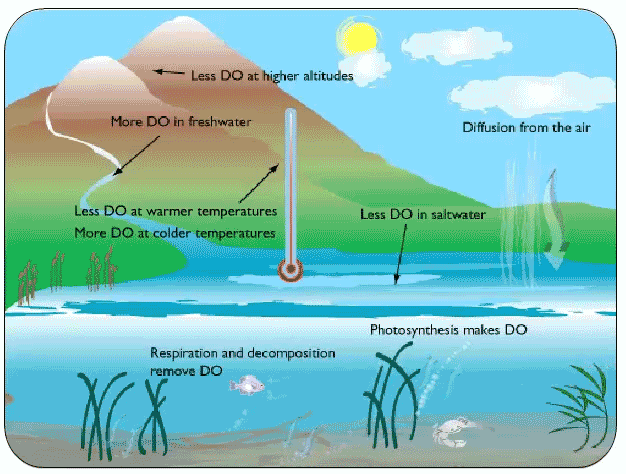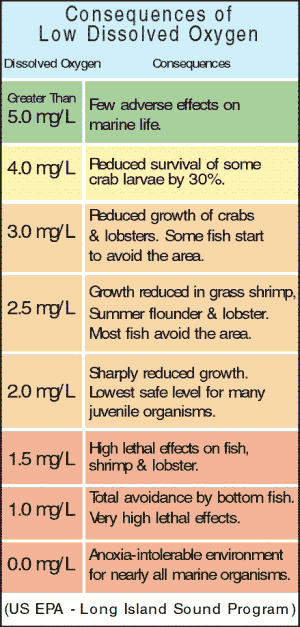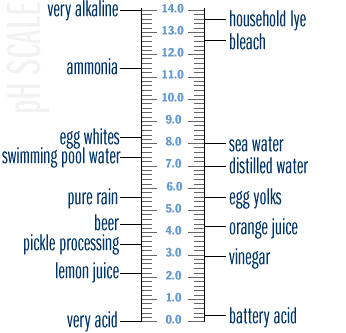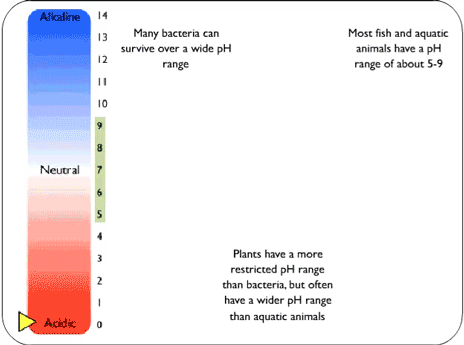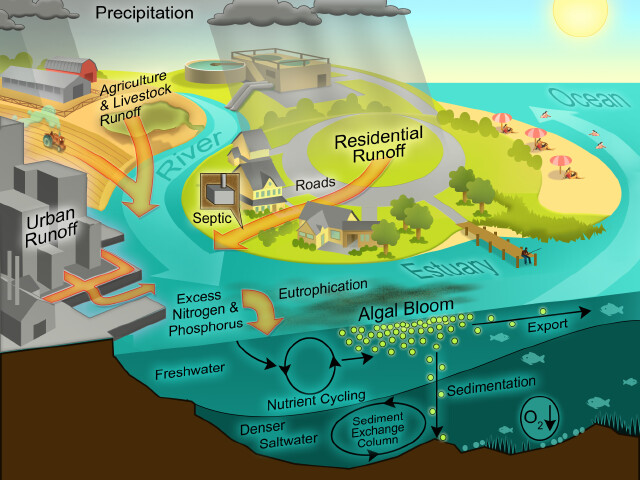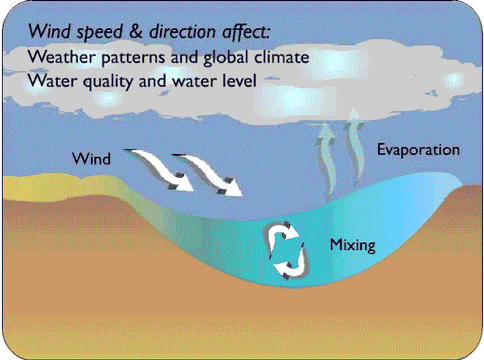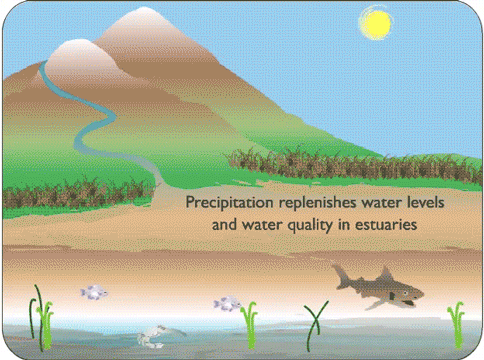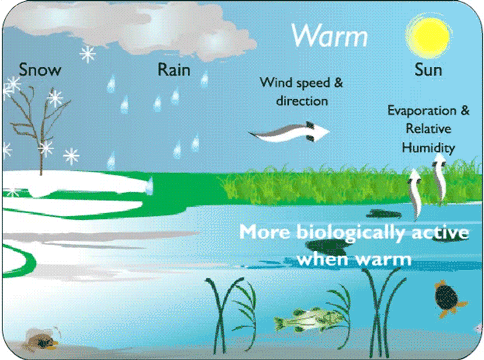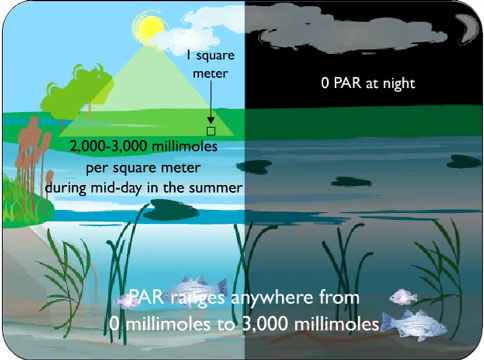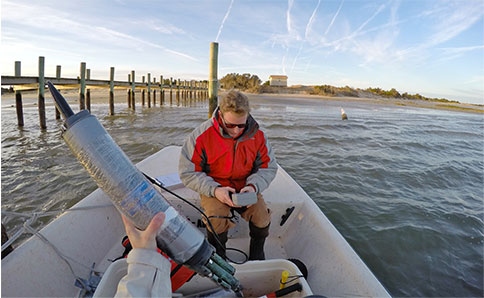About Our Science and Data
The health of every reserve is continuously monitored by the Research Reserve System’s System-wide Monitoring Program, or SWMP (pronounced “swamp”). These measurements provide a record of how human activities and natural events and fluctuations affect coastal habitats
Students can query the database and work with real estuary monitoring data in the problem-solving exercises provided within the Estuary Education Resources. These interactive activities share how the data is used and the ongoing monitoring and research taking place at each reserve.
All SWMP data are served through the reserve system's Centralized Data Management Office, which is housed at the North Inlet-Winyah Bay reserve in South Carolina. The data management office provides quality assurance and control and is responsible for maintaining and updating the standard operating procedures. To query data, use the SWMP Graphing and Export System.
Reserve monitoring data have three major components:
- Abiotic indicators of water quality and weather. Parameters include nutrients, temperature, salinity, pH, dissolved oxygen, and in some cases, contaminants.
- Biological monitoring. Includes measures of biodiversity, habitat, and population characteristics.
- Watershed, habitat, and land use mapping. Provides information on types of land use by humans and changes in land cover associated with each reserve.






